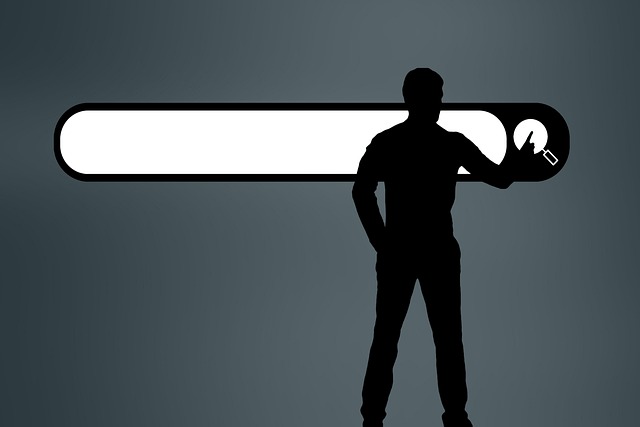Mastering pushes, turns, balance, and control is essential for a confident and enjoyable longboarding experience. Beginners should start with controlled pushes, practice turning techniques like carving, and envision a straight line ahead for stability. Gradually advance to more complex moves as skills improve, focusing on patience and perfecting each trick. Starting with low-speed exercises builds trust, preparing beginners for advanced tricks while fostering a fun and accessible learning environment for all skill levels.
Looking to get started with longboarding? This comprehensive guide is your perfect companion. We break down everything you need to know for a smooth and enjoyable first experience, from selecting the ideal longboard to mastering essential techniques. Learn about basic stance and foot placement, pushes and turns, balance control, and crucial safety precautions. Plus, discover advanced tips to build confidence and elevate your skills. Ready to hit the streets? Let’s go!
Choosing the Right Longboard for Your First Experience

When getting your first longboard, it’s essential to consider a few key factors to ensure a positive learning experience. Look for a board designed specifically for beginners, as these models are typically more stable and have softer wheels that provide better grip on various surfaces. The right length is also crucial; opt for a board between 90-105cm, which offers a good balance between maneuverability and control.
Consider the shape too – drop-down or pin tail designs are popular choices as they allow for easier carving and turning. Additionally, choose a deck with a subtle curve to help with balancing while riding. Remember, the goal is comfort and stability at first, so don’t get caught up in advanced features until you’ve developed your skills on a beginner-friendly longboard.
Understanding Basic Stance and Foot Placement

When starting with a longboard for beginners, mastering your basic stance and foot placement is key. Begin by positioning yourself with your feet shoulder-width apart, ensuring a comfortable and balanced stand. The front foot should be placed slightly ahead of the back foot, allowing for better control while carving or turning. This simple adjustment enhances stability and makes navigating curves easier.
Remember to keep your knees slightly bent and your weight evenly distributed across both feet. This neutral stance provides a solid foundation for learning basic longboarding techniques. As you gain confidence, experiment with shifting your weight and adjusting your foot placement to discover the delicate balance required for smooth turns and fluid carving.
Mastering the Art of Pushes and Turns

For newcomers to the world of longboarding, mastering the art of pushes and turns is a crucial step in building confidence and skill. Pushes, the foundation of your movement, allow you to gain speed and navigate around obstacles. Start by practicing smooth, controlled pushes on flat ground, focusing on maintaining a steady pace without slipping or losing balance. Gradually increase your speed as you become more comfortable, working on consistency and efficiency.
Turns are an essential aspect of longboarding that open up creative lines and maneuvers. Begin with basic turns, such as carving turns, which involve leaning into a curve while maintaining control. As you improve, explore more advanced turns like kickflips or pop shuvits, adding a dynamic element to your ride. Remember, patience and practice are key; take your time to perfect each move before progressing to the next, ensuring a smooth and enjoyable learning experience with your longboard for beginners.
Tips for Maintaining Balance and Control

When just starting out with a longboard, maintaining balance and control is key. Keep your body relaxed, bending slightly at the knees to absorb bumps and maintain stability. Focus on keeping your weight centered over the board, distributing it evenly across both feet. Practice slow, controlled turns by shifting your weight smoothly from one side to another, allowing the board to bend and respond naturally.
A great tip for beginners is to envision a straight line you want to follow, keeping your eyes fixed ahead rather than at your feet. This helps in maintaining direction and balance. Additionally, practice on smooth surfaces initially to build confidence and a feel for the longboard’s response to your movements. As you gain experience, you’ll become more comfortable with the board’s dynamics, allowing for smoother rides and better control.
Essential Safety Precautions Every Beginner Should Know

When starting with a longboard for beginners, safety should be your top priority. Always wear protective gear, including a helmet, knee and elbow pads, especially when learning to fall safely. Choose a longboard suitable for your skill level and the type of riding you wish to do; softer wheels offer more comfort and stability, while harder wheels are ideal for speed and carving.
Practice in an open, flat area away from traffic and pedestrians. Learn how to control your board at low speeds before attempting to pick up pace. Regularly inspect your longboard for any signs of damage or wear, particularly on the trucks, bearings, and wheels. Keeping your longboard well-maintained will ensure a safer and more enjoyable riding experience.
Building Confidence: Advanced Techniques for New Riders

For new riders, building confidence is an essential step in mastering a longboard. Advanced techniques can help beginners feel more at ease and in control, allowing them to enjoy the ride without fear. One effective method is to start with fundamental skills like carving and turning at low speeds before gradually increasing speed. This progressive approach enables riders to build trust in their abilities, ensuring they’re ready for more complex maneuvers as they gain experience.
Additionally, practicing balance exercises on flat terrain can significantly boost confidence. By focusing on body positioning and weight distribution, beginners can develop a sense of equilibrium, which is crucial for navigating turns and adjusting speed. Incorporating these techniques into training routines not only enhances confidence but also prepares longboarders for more advanced tricks and maneuvers specific to longboarding for beginners.
